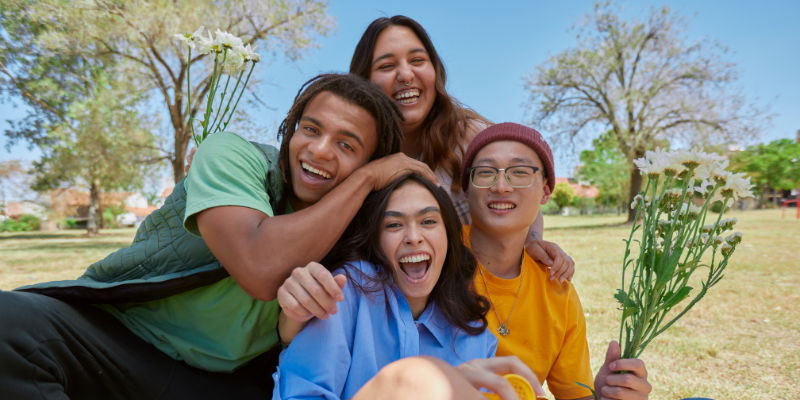
-
Posted By cheryldrury
-
-
Comments 0
Have you ever felt like social interactions come with an invisible rulebook that everyone else seems to have except you? You’re not alone! Many people, especially those who are neurodivergent, find social cues challenging to navigate. This guide will help you decode these “secret signals” in dating and friendships, making your social journey more enjoyable and less stressful.
What Are Social Cues and Why Do They Matter?
Social cues are the verbal and non-verbal signals we use in everyday communication. Think of them as the “hidden language” beneath our words. Understanding these cues can:
- Make dating experiences more comfortable
- Help build stronger friendships
- Reduce social anxiety
- Increase confidence in social situations
Breaking Down Verbal Social Cues
Let’s explore common phrases and what they typically mean in social situations:
“We should hang out sometime”
- What it literally means: A suggestion to spend time together
- What it often implies: Interest in friendship, but without immediate commitment
- How to respond: “That sounds great! Would you like to grab coffee next Tuesday?”
“I’ll think about it”
- What it literally means: The person will consider your suggestion
- What it often implies: A gentle ‘no’ or uncertainty
- How to respond: “No pressure! Let me know if you’d like to discuss it later.”
Understanding Non-Verbal Communication
Body language can speak louder than words. Here’s what to look for:
Eye Contact Signals
👀 Brief eye contact with breaks = Comfortable engagement
👀 Constant staring = Might be too intense
👀 No eye contact = Could indicate discomfort or natural preference
Personal Space Clues
🫂 Arm’s length = Comfortable social distance
🫂 Closer than arm’s length = Possible sign of comfort or interest
🫂 Stepping back = Need for more space
Dating-Specific Social Cues
When you’re on a date, watch for these common signals:
Positive Signs
- Leaning forward during conversation
- Asking follow-up questions
- Mentioning future plans
- Maintaining engaged body language
Signs of Discomfort
- Frequently checking phone
- Crossed arms
- Limited eye contact
- Short, unelaborated responses
Tips for Managing Social Interactions
Take Your Time
- Process interactions at your own pace
- It’s okay to ask for clarification
- Trust your instincts
Practice Self-Advocacy
- Communicate your preferences clearly
- Set boundaries when needed
- Share your communication style with others
Use Digital Tools Wisely
- Dating apps can provide a comfortable starting point
- Text communication allows time to process responses
- Online interactions can help practice social skills
Remember: There’s No “One Size Fits All”
Every person communicates differently, and that’s perfectly okay! The goal isn’t to change who you are but to add new tools to your social toolkit. Whether you’re looking for friendship or romance, authentic connections happen when both people feel comfortable being themselves.
Quick Tips for Success
- 📝 Take notes if it helps you remember social cues
- 🗣️ Practice with trusted friends or family
- 🎯 Focus on progress, not perfection
- 💪 Celebrate small social wins
Your Next Steps
Understanding social cues is a journey, not a destination. Start small by practicing one new skill at a time. Remember, everyone has their own communication style, and yours is just as valid as anyone else’s.

For additional 1:1 support check out www.fs-solutions.com.au





